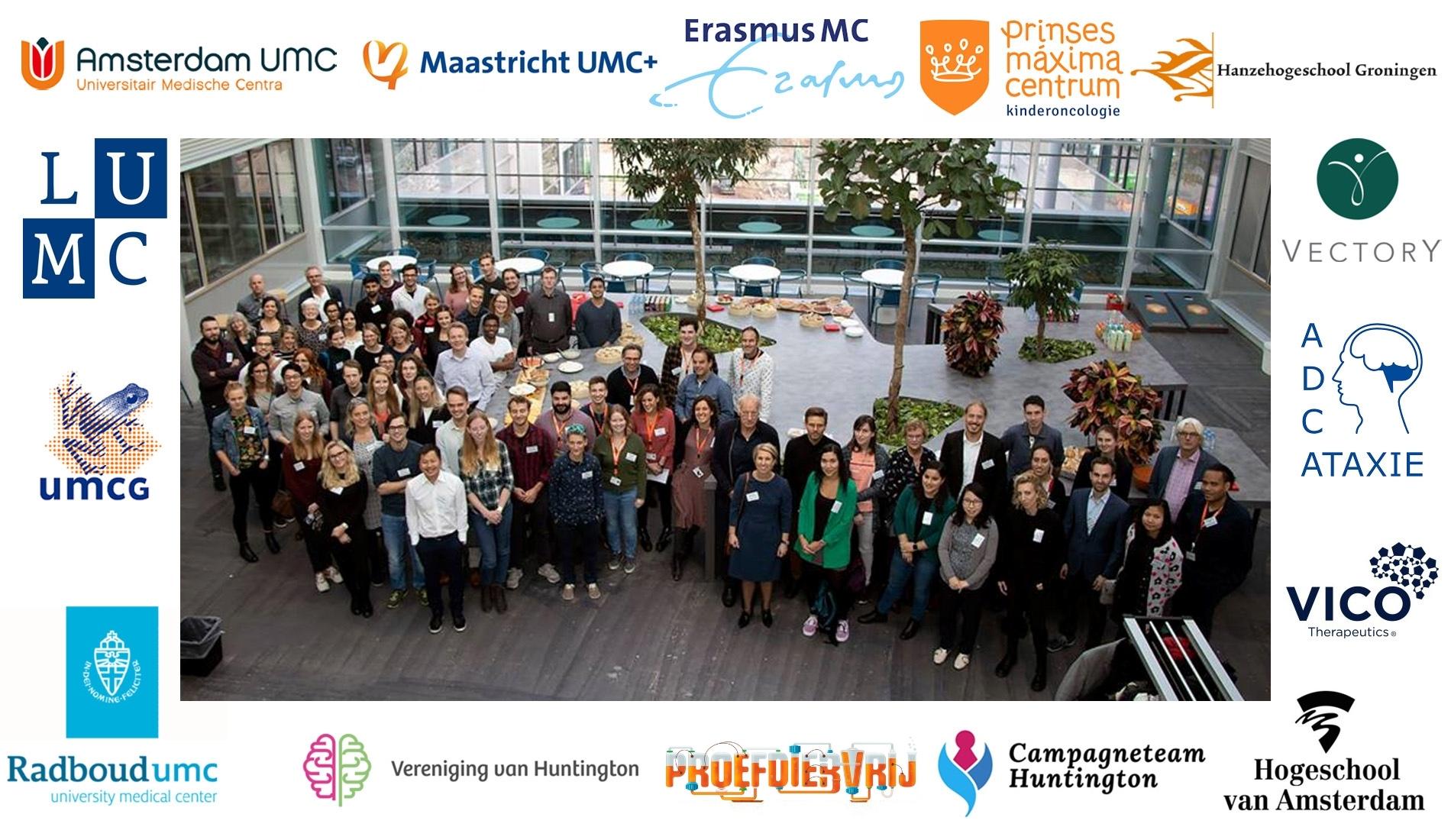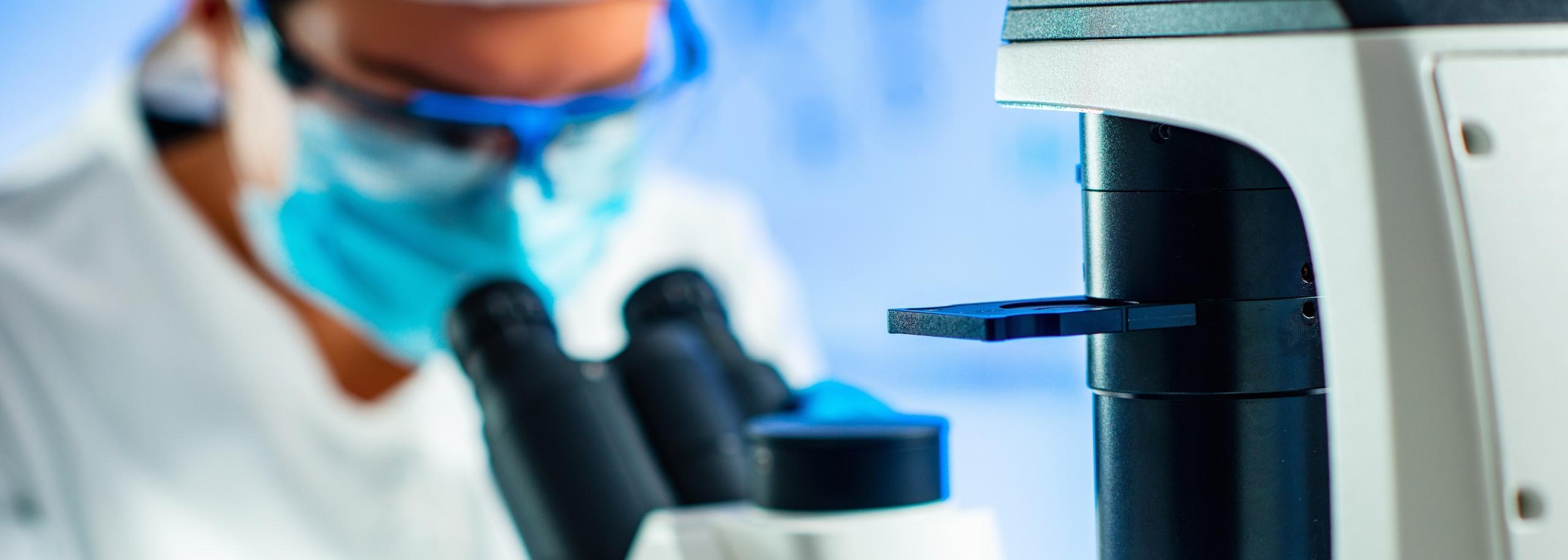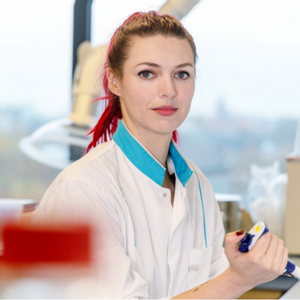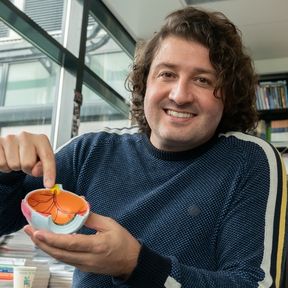Finally we can share about it! Together with the Netherlands Organisation for Scientific Research (NWO), we are funding two incredible animal-free projects. In these studies researcher are looking for treatments for hereditary brain diseases, such as Huntington’s disease, and skin diseases. In this article you can read more about these wonderful studies into these horrific diseases.
Studying hereditary brain diseases without mice
The first study, called CureQ, involves the inherited brain diseases Spinocerebellar ataxia and Huntington’s disease.
- Spinocerebellar ataxia is an inherited disorder of the nerves that carry messages to and from the brain, which causes a breakdown of the brain’s coordination center (cerebellum). This causes, for example, balance problems, problems with swallowing, unclear speech, loss of sensation and reflexes in feet or legs and memory problems. The earlier the onset of the disease, the more severe its course.
- Huntington’s disease is an inherited brain disorder, in which symptoms get progressively worse. Your body can make movements you don’t want it to. Talking and swallowing may become more difficult. Your behavior may also change. A person with Huntington’s disease usually passes away approximately 15 to 20 years after the onset of symptoms.
It is important that a treatment is found quickly for both conditions. Right now, studies are still using a lot of mice and rats. But the researchers in this project prefer to work without animals. In the CureQ project, results from previous treatments are combined with cultured brain cells from patients (who have these brain diseases). This makes it possible to develop person-centered treatments and provide perspective for patients, those at risk to get these hereditary brain diseases and their families.

Curing both skin diseases, as well as the laboratory animal problem
Skin diseases are common in our society and because skin diseases are often chronic, patients suffer throughout their lives. Every year an average of 50,000 laboratory animals are used for research into skin diseases. In order to help both humans and animals, the research project NGID (Next Generation ImmunoDermatology) was launched. This project involves a unique mix of different researchers. For example, technologists provide methods to map the characteristics of skin diseases. Biologists then use this information to develop human cell models that allow them to study skin diseases in an animal-free manner. This in turn leads to the development of new drugs or tailored treatments by pharmacologists and clinicians. Ultimately, dermatologists can use these new insights when treating their patients with skin diseases. Totally human-centered and without the use of laboratory animals.
Where does the money come from?
NWO’s science-wide funding program Research on Routes through Consortia (NWA-ORC) aims to facilitate the discovery of new insights from across a range of different research projects.
What is a consortium? (plural: consortia)
A consortium is a temporary association established by different organizations and research parties to carry out a particular research project. Many different universities, medical centers, and other organizations participate in these research projects, which allows for a great deal of knowledge and expertise to be brought to these research projects.
This temporary partnership brings scientific and social breakthroughs well within reach. The research project into hereditary brain diseases will receive €4.7 million in funding from the NWA-ORC funding program and €50,000 from us. The consortium research on skin diseases will receive €10 million in subsidies from the NWA-ORC funding program and €50,000 from Proefdiervrij.



